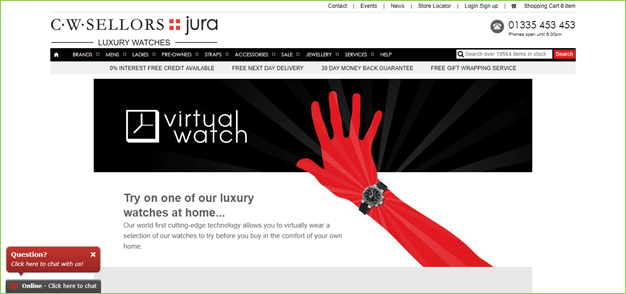Overview
Augmented Reality is the next hot trend in d0igital marketing. It is a disruptive force that will fundamentally change marketing just like the internet and mobile marketing have changed how businesses communications today.
You might not hear a lot about this trend, but Augmented Reality(AR) is on the mind of many tech leaders.
That is why it is vital for businesses to understand what Augmented Reality is now before it becomes over-crowded with competitors.
The importance of Pokémon Go on Augmented Reality
Last year we covered a story on how Pokémon Go influenced retail businesses. For example, one pizza parlor placed a small $100 ad spend on Pokémon Go to add a lure to their location. This digital lure generated hundreds of visitors to their restaurant.
Essentially, customers came to the store with their mobile devices, and found the lure through their phone. While they were in the store, they had the opportunity to also get a slice of pizza.
While the game somewhat fizzled out, examples like this show business owners how valuable Augmented Reality is to the future of mobile marketing. That is why experts project the AR market value to be around $117.4 billion by 2022.
Even more important, the mobile game opened the floodgates to future Augmented Reality opportunities. Now Apple is looking at how to include AR in their iOS 11 operating system.
Facebook wants to add their own AR mobile platform.
The future will have billboards and print ads with virtual components where users check out how a product looks on their mobile device.
How to use Augmented Reality to market your business?
1. Virtual Demos
One of the biggest uses for AR is turning mobile devices into live product demos. Your mobile device already does this.
For example, watchmaker Jura is working on this for their watches. You can now try on virtual watches on the site to see how these high-end watches look on your wrist. The owners understand that a watch is as much an experience as it is a product.

Another example is how IKEA experimented with AR functionality to allow shoppers the opportunity to preview how their furniture looks in home and office settings.
AR enhances the digital shopping experience by putting products into consumers’ homes before they make a purchase.
2. Story Telling
Augmented Reality presents a new aspect where advertisers can tell their story.
Just like pictures increased the value of articles ten years ago and video adds a personal touch to your marketing, AR provides an interactive story for marketers.
It is too early to know exactly how this format will take shape, but imagine game-like features as well as interactive content customers can almost touch and feel.
Starbucks started campaigns like this back in 2012. They created the Everylove on Every Cup campaign. Customers accessed a specific Starbucks AR app that scanned their cup, so they could see a Valentine’s Day Card come to life from their cup.
It would spread the love and offer the opportunity for users to buy Starbucks gift cards.

(Image Source)
3. Information where you need it
Augmented Reality will eventually be everywhere.
BMW and Jaguar designed enhanced windshields that provide blind spot and display information that we mere humans might miss while driving.
Imagine these displays combined with self-driving cars. According to experts, self-driving cars should be fully functional in 5-10 years. We can interact with the displays in our cars as we safely move to our destination.
As we go from our home to our cars, we can fully access the web.
It might seem like science fiction now, but do you remember 15 years ago when computers were tied down to a big hulking 30-50-pound desktop? iPhones and tablets seemed the stuff of imagination back then. Today we accept them as commonplace.
Marketers who want to keep up with this technology can look at how they interact with this technology now before it goes to the consumer.
Final Thoughts
Augmented Reality is the future of digital marketing. That is because as we continue to move away from the static screen, we will have more and more opportunities to interact with the web in our daily lives.
If you are interested in learning more about how to work this into your company marketing strategy, then feel free to contact our digital marketing company in Melbourne for more information.
